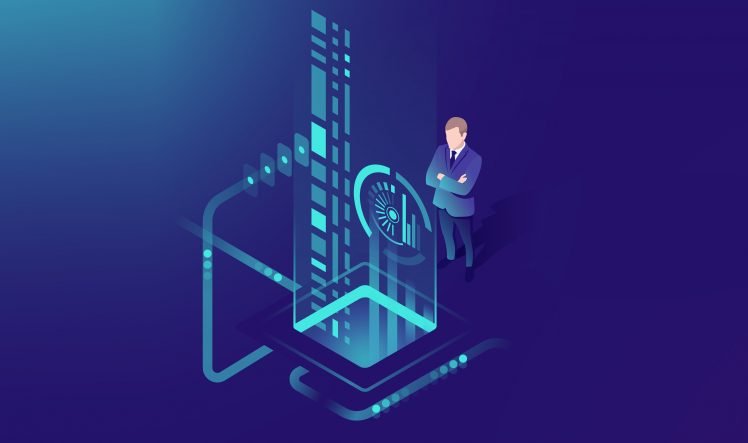
5 Steps to choosing the right DLP solution for your business

As the impacts of The General Data Protection Regulation (GDPR) continue to root, the directive naturally sees SMEs with an intensified need to improve in-house protection against the loss of Personally Identifiable Information (PII), Intellectual Property (IP), and Corporate Financial Data (CFD)
Security breaches dominated 2017s cybersecurity-based content, and the international eruption of WannaCry and NotPetya ransomware reshaped security-based thinking for businesses, to include what protective measures they have in place, why, when, and how. SMEs have an obligation to consumers, stakeholders, and employees to incorporate Data Loss Prevention solutions, and morally there should be no argument that it is the right thing to do.
DLP capabilities identify, examine, and safeguard data, whether it is in use, in motion, or at rest, and DLP undertakes a regulatory mentality for your data security essentials.
As we continue to see exponential growth in data volumes along with how data is used and stored, the opportunity for data theft and the unintentional disclosure of PII or other sensitive data multiplies.
The cybersecurity market certainly provides DLP solution choice, and so, knowing what your organization’s needs are and how to maximize data security within it can feel overwhelming.
Many SMEs will have some level of protection in place already, some won’t, and as they procrastinate, unsure of what they can do in addition to current measures to enhance security across their organization, the fundamental solution lies in Data Loss Prevention, but how do you choose the right DLP solution for your business?
Our 5 steps below will help you to think about what you need and support you in finding solutions to your DLP concerns.
- Think about what data your business holds, who owns it, who has access to it, and who has authority to share it outside of your business. Don’t forget company affiliates such as your IT department, HR, Risk Management, and Legal teams.
- Define what kinds of data you want your DLP to protect. Consider PII, IP, and CFD. It will be helpful to list these by priority and doing so will help you to remember just how much data your organization might hold and aid you in accessing your protection needs through category analysis and prioritization.
- Recognize that your business needs will naturally mature over time and so divide your requisites into short-term, mid-term, and long-term goals. A six month to a three-year plan will support a vision for growth and expansion for most SMEs.
- Ensure your team has adequate solutions, and that your peers are both prepared and educated. Understand who is responsible for the creation and development of new protection policies and where accountability lies in the management of hacking-related incidents. Make certain that employees understand what action should be taken if a policy is infringed, how to remediate it, and who should be notified. Thinking about these internal processes and procedures will help steer you towards the most suitable DLP Solutions.
Comodo Cybersecurity provides leading-edge Data Loss Prevention that is tailored to SMEs and that safeguards data, whether static, in motion, or active use. We boast no IT footprint and offer instinctive policy design that includes pre-written policies for PCI DSS and HIPAA compliance along with all-embracing reporting capabilities.
Our solutions to data loss reinforce customer trust through pioneering DLP that shields your business against the exposure of confidential data, minimizing its vulnerability, and all while supporting you in meeting the regulatory requirements under The GDPR Directive.
Would you like to take advantage of Comodo Cybersecurity’s Strategic Consulting?
We will work with you to understand your security-based vulnerabilities and help you to solve the business-critical challenges that you face.
Differentiated by our unique approach. It’s what makes us successful. For additional guidance on Comodo Cybersecurity visit www.comodo.com
Tags:







0 Comments